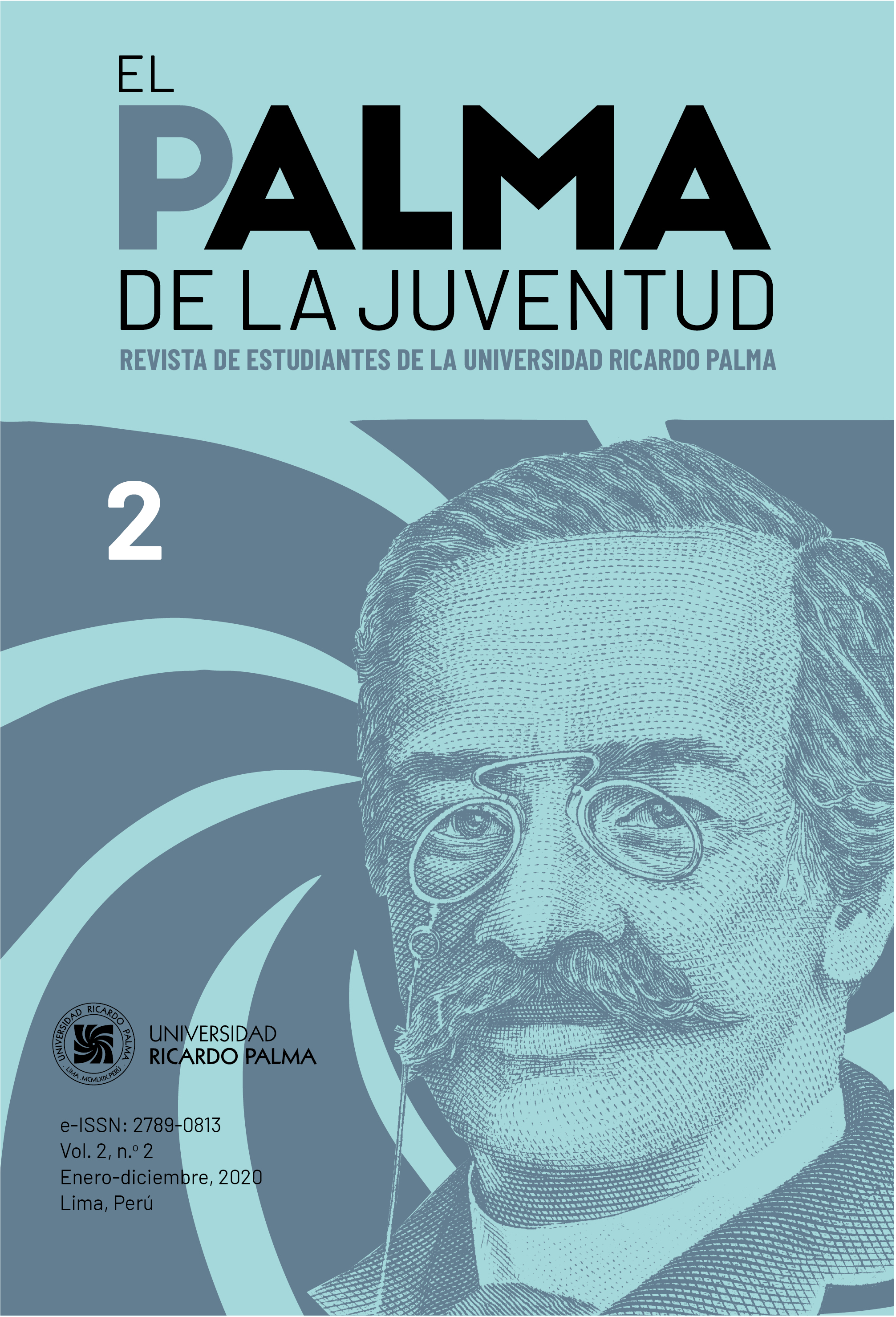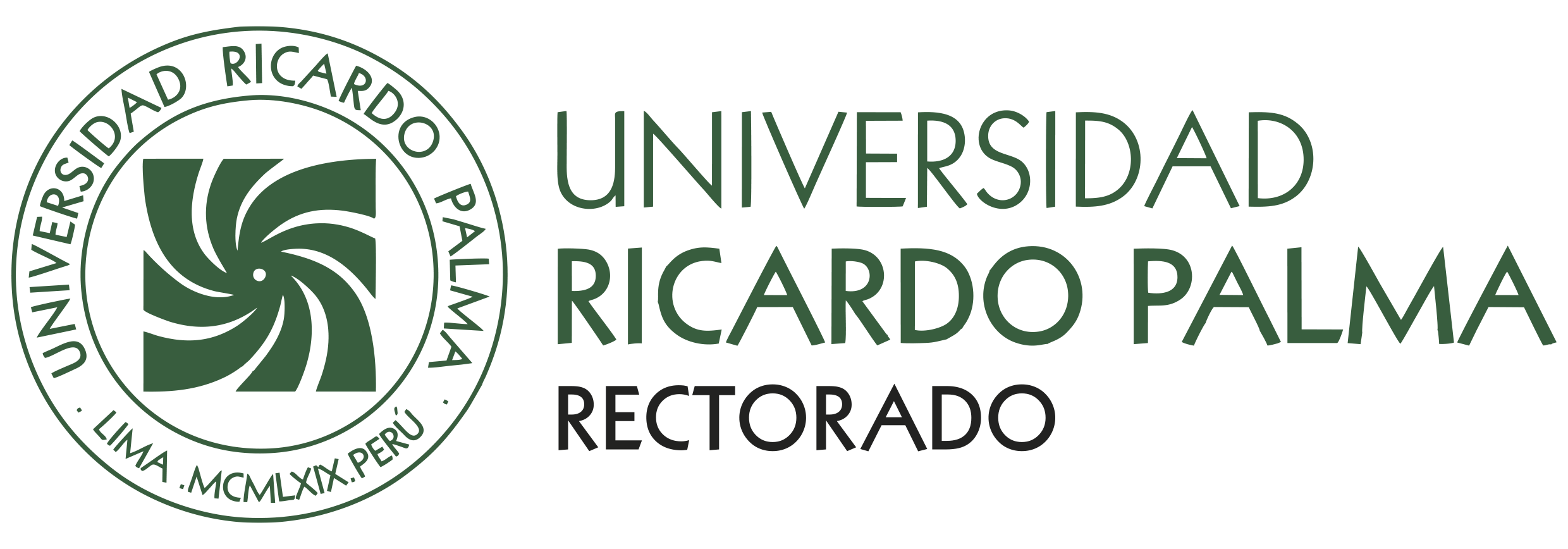Hospitality work of the Bethlehemite in «Los Barbones» and the existence of medicinal plants in «El abad de Lunahuaná» in Ricardo Palma’s Tradiciones peruanas
DOI:
https://doi.org/10.31381/epdlj.v2i2.4251Keywords:
Tradiciones peruanas, medicine, medicinal plants, hospital work, pharmacologyAbstract
This article will analyse the existence of medicinal plants and the hospital work of the Bethlehemites, both themes found in the stories «El abad de Lunahuaná» and «Los Barbones» respectively. These texts form part of Tradiciones peruanas, a famous work by Ricardo Palma which was written as a result of his historical research, based on documents and also on oral traditions to which he introduced some fictional elements. Through this article we are interested in promoting university research, especially with regard to the use of medicinal plants, promoting their benefits and importance in the field of medicine up to the current day. It also seeks to highlight the active participation of the religious order of the Bethlehemites in the practice of medicine, both in their hospital work, dedicated to patient care, and in their knowledge in the area of pharmacology, generating a relationship between the past and the present through these stories.
References
Palma, R. (1993). Tradiciones peruanas. Edición crítica de Julio Ortega. https://books.google.com.pe/books?id=E03wIvj4yEgC&printsec=frontcover&hl=es&source=gbs_ge_summary_r &cad=0#v=onepage&q&f=false
Palma, R. (2015a). El abad de Lunahuaná. En Tradiciones peruanas. Novena y décima series (M. Á. Rodríguez, ed.; pp. 35-37). Universidad Ricardo Palma, Editorial Universitaria.
Palma, R. (2015b). Los Barbones. En Tradiciones peruanas. Séptima y octava series (M. Á. Rodríguez, ed.; pp. 105-116). Universidad Ricardo Palma, Editorial Universitaria.
Downloads
Published
How to Cite
Issue
Section
License
Copyright (c) 2020 Josselyn Yessenia Rosas Carbajal

This work is licensed under a Creative Commons Attribution 4.0 International License.
La revista utiliza una licencia Creative Commons para mostrar a los lectores y usuarios cómo se pueden utilizar los contenidos publicados.
Los contenidos publicados en esta revista están bajo una licencia CC-BY 4.0. Esta licencia permite:
- Compartir, copiar y redistribuir el material en cualquier medio o formato.
- Adaptar, remezclar, transformar y construir a partir del material para cualquier propósito, incluso comercialmente.
Bajo los siguientes términos:
- Atribución. Usted debe dar crédito de manera adecuada, brindar un enlace a la licencia, e indicar si se han realizado cambios. Puede hacerlo en cualquier forma razonable, pero no de forma tal que sugiera que usted o su uso tienen el apoyo de la licenciante.










